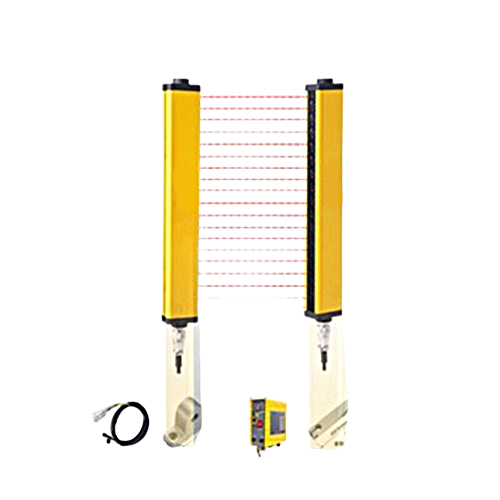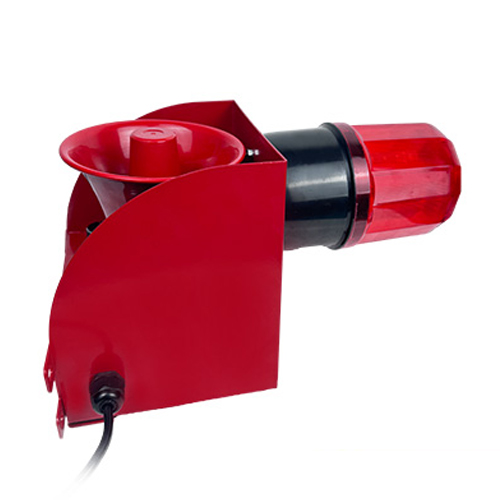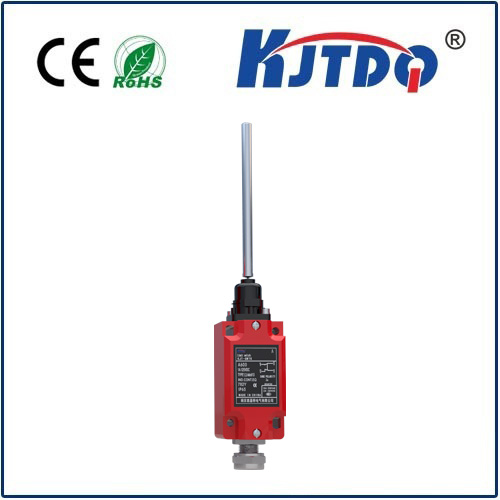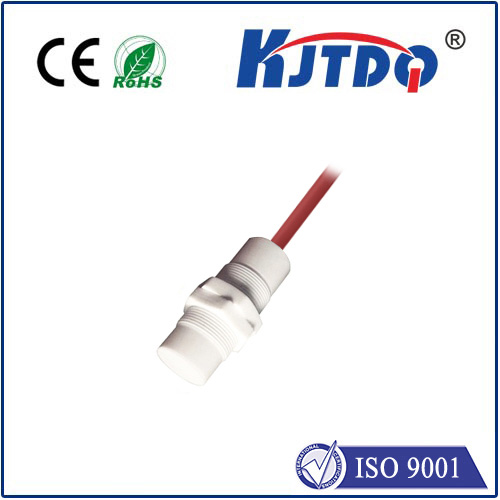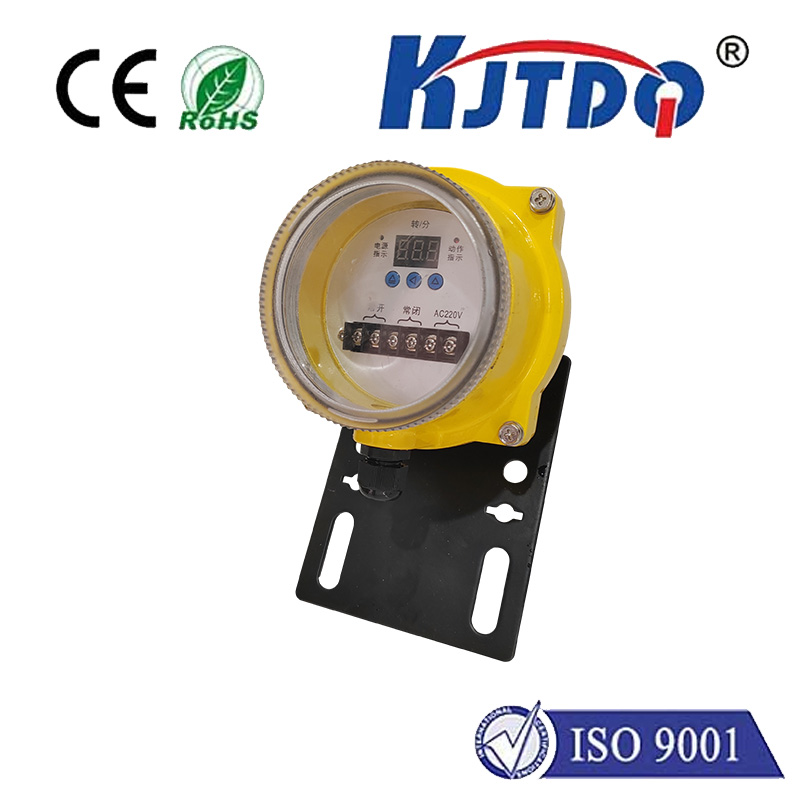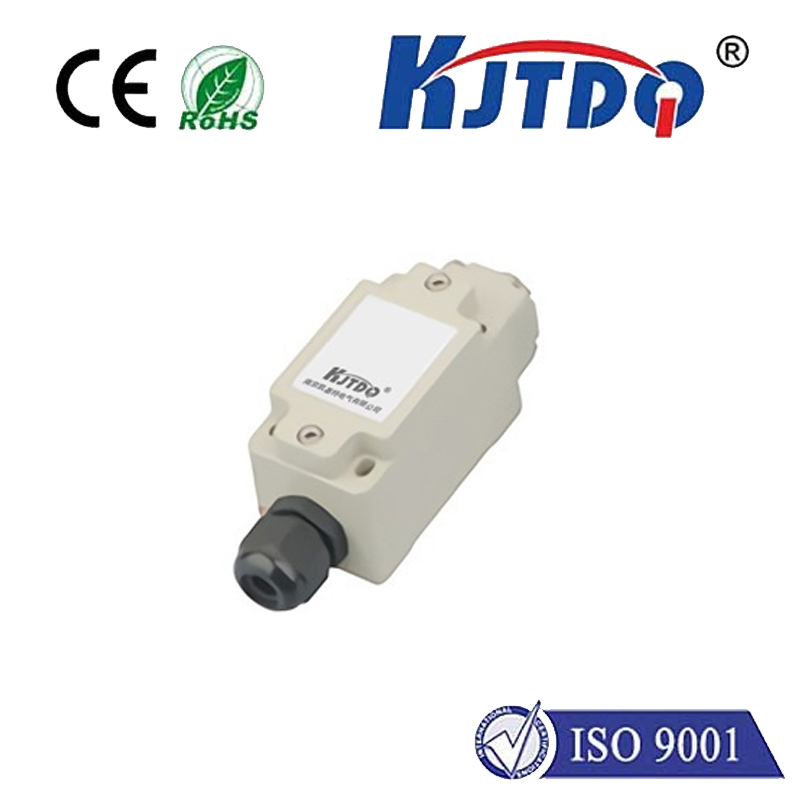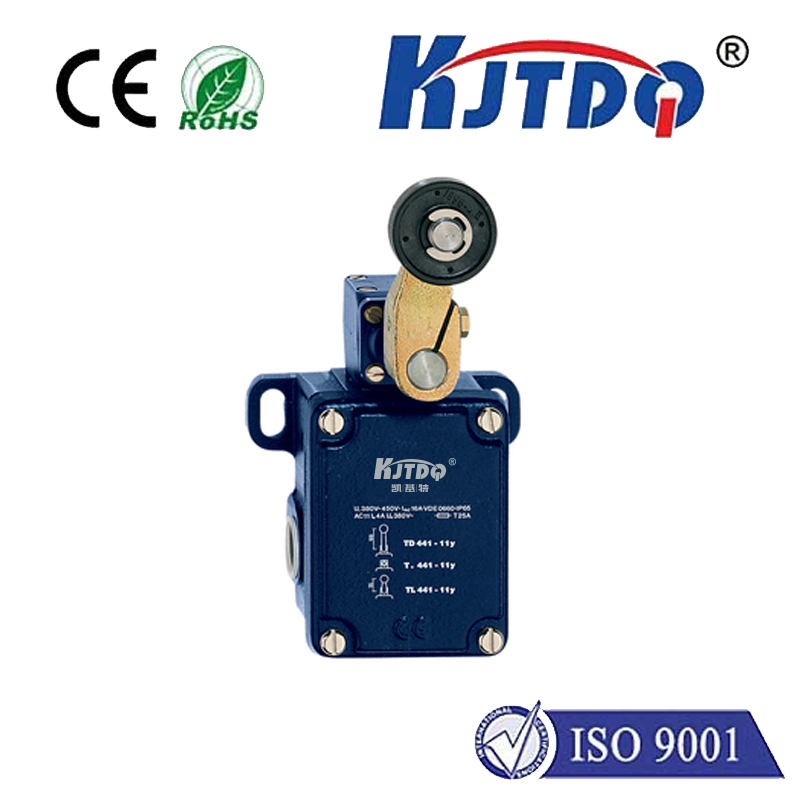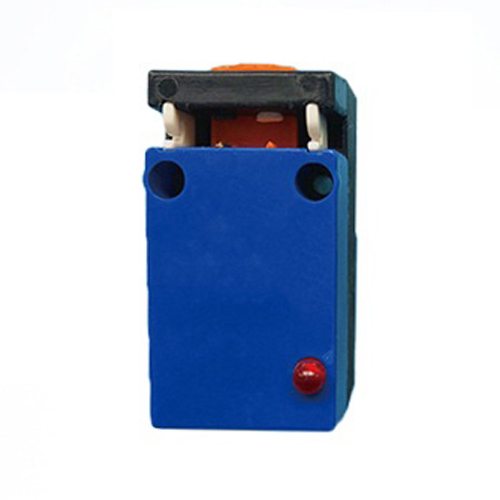

check

check

check

check

check

check

check

check

check

check
Imagine a critical industrial machine suddenly halting. Diagnosis points to a failed sensor – a tiny, expensive component buried deep within the mechanism, halting production lines and costing thousands per hour. Or picture an autonomous drone rendered useless by a speck of dirt on its primary camera sensor during a vital inspection mission. The reliance on physical sensors, while fundamental to modern technology, isn’t without significant limitations. This reality is fueling a fascinating shift: the exploration and implementation of “No Sensor” solutions, where systems achieve their goals through alternative means, bypassing the vulnerabilities and constraints of traditional sensing elements.
The term “No Sensor” doesn’t imply a rejection of technology or data. Instead, it signifies a fundamental re-think of how information is derived and acted upon. Physical sensors – cameras, accelerometers, temperature probes, pressure gauges – face inherent challenges:
So, how do “No Sensor” strategies overcome these hurdles? The key lies in intelligence, modeling, and leveraging indirect data:

Model-Based Design and Simulation: In systems where direct sensing is impractical or dangerous (e.g., inside a nuclear reactor core or a jet engine turbine), highly accurate digital twins (virtual replicas) are used. Engineers run simulations based on known physics, boundary conditions, and limited external measurements to understand internal states and optimize performance without intrusive sensors. Control systems designed using these models inherently rely less on continuous, direct feedback from every single component.
Leveraging Existing Data Streams: Often, the necessary information is already available but not recognized as a “sensor signal.” Analyzing fluctuations in power grid frequency, subtle changes in network traffic patterns, or variations in the sound signature emitted by equipment (using existing microphones) can provide deep insights into system health or environmental conditions. This approach utilizes implicit sensing through data already being generated.
Contextual Awareness and Fusion: Systems can become remarkably robust by combining numerous weak, indirect signals with contextual understanding, rather than depending on one or two highly precise (and fragile) sensors. This is crucial for sensor-free navigation concepts in robotics, where robots might use spatial reasoning, pre-loaded maps, and visual odometry (derived from camera feeds processed to understand movement relative to surroundings) instead of dedicated rangefinders or laser scanners.
The Benefits Speak Volumes:
Adopting “No Sensor” approaches offers compelling advantages:
“No Sensor” is not about regression but progression. It represents a paradigm shift towards inherently more resilient and intelligent systems. It leverages the power of computation, sophisticated algorithms, and data science to extract knowledge and drive action where physical sensing is impractical, costly, or unreliable. As artificial intelligence, modeling techniques, and edge computing continue to advance, we can expect the scope and sophistication of sensor-free solutions to expand dramatically. This evolution moves us beyond dependence on individual data points towards a future where systems possess a deeper, model-driven understanding of their world.
